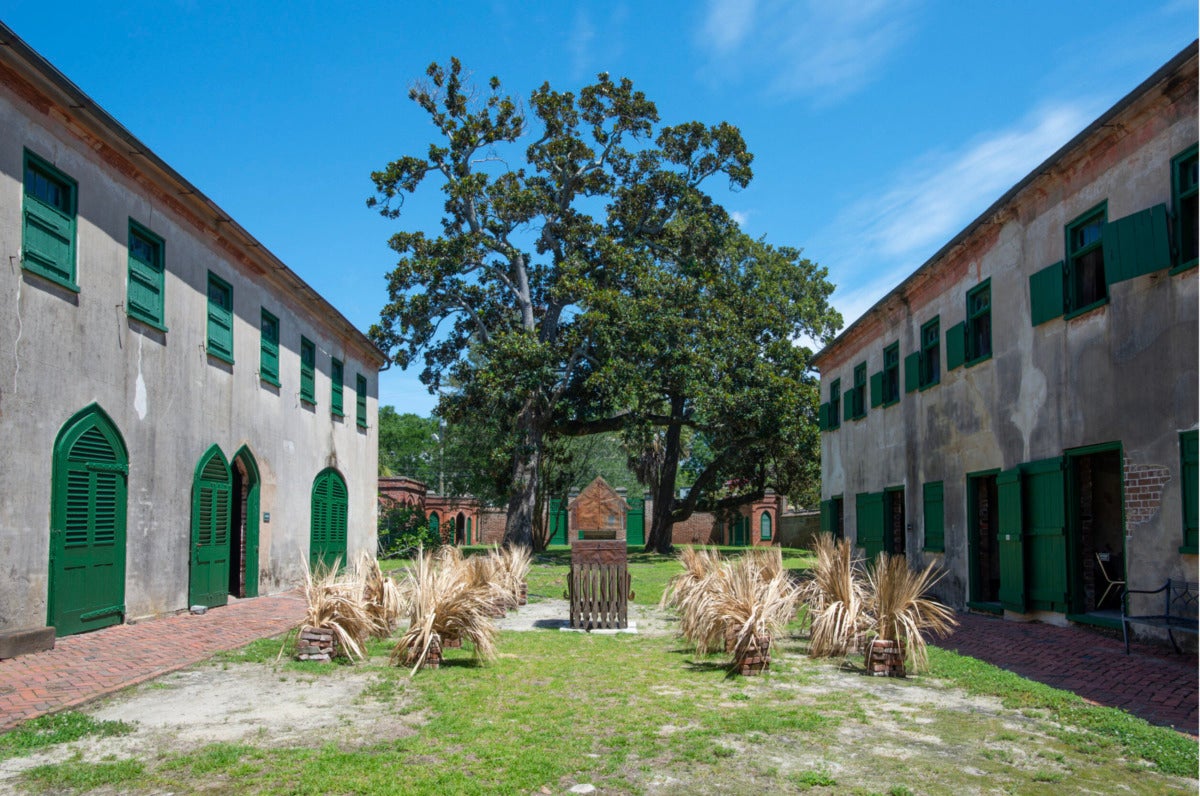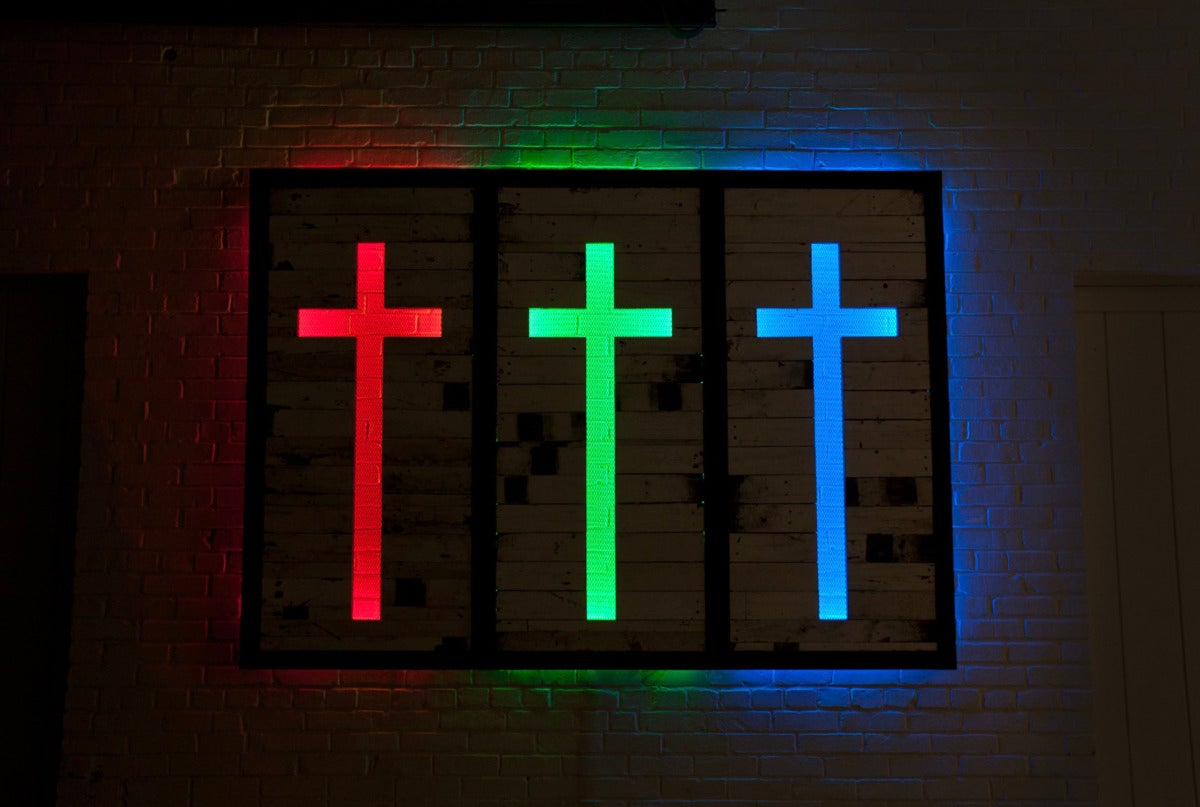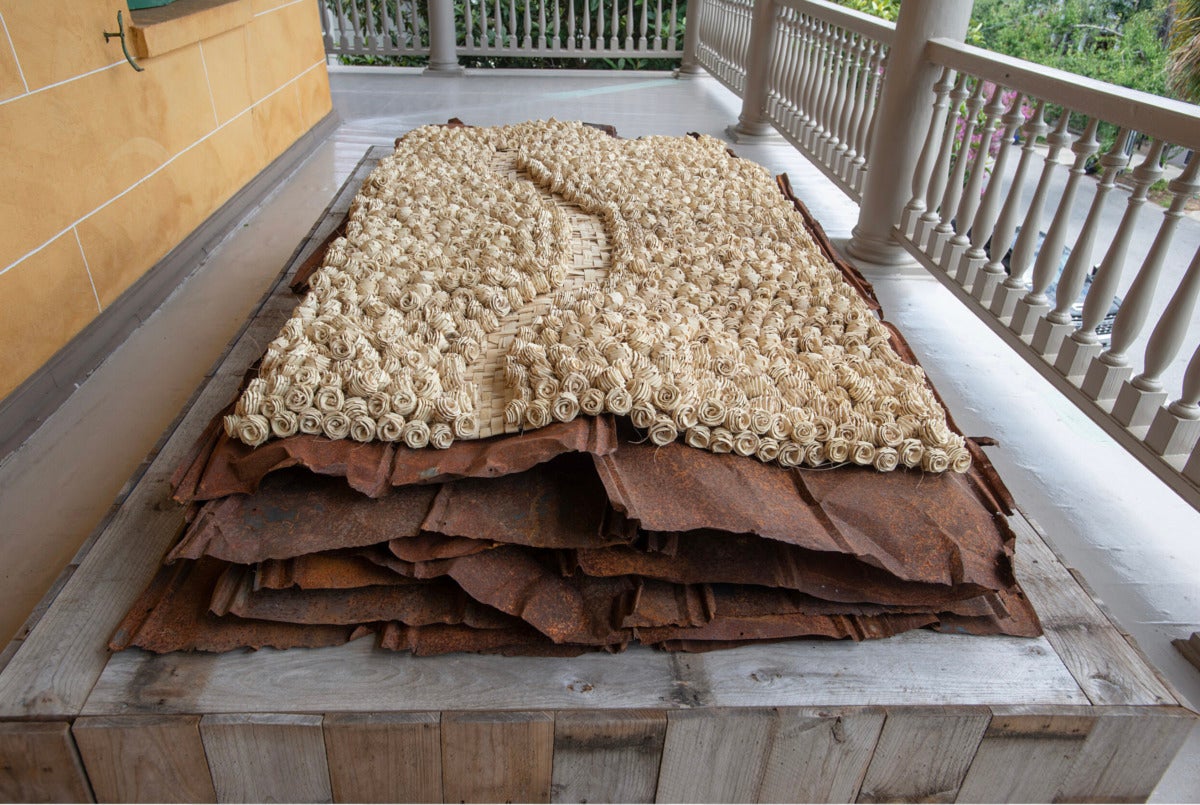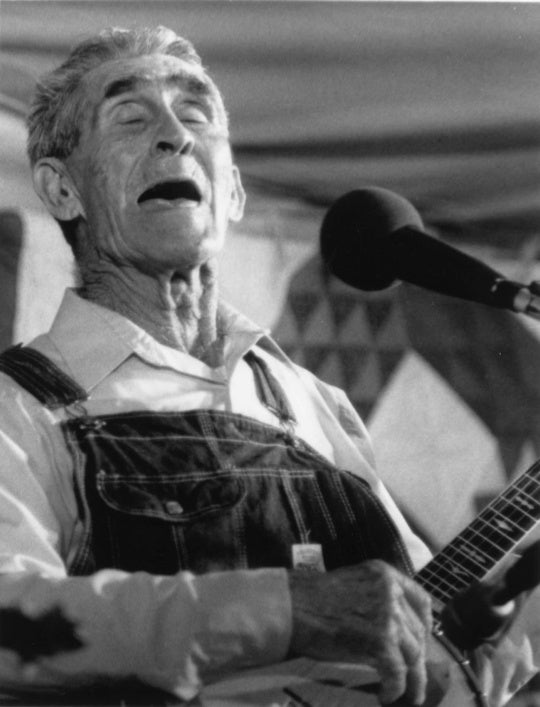
When I meet with Fletcher Williams III—via Zoom, of course—he’s dimly lit with the sun behind his face, clad in a gray hoodie and beaming with classic American charm. Williams’s stoic and professional demeanor becomes almost immediately available and pensive as he attempts to define the last five years of his career. The 34-year-old multimedia artist from South Carolina describes the focus of his artwork as “the history and culture of the Lowcountry [of] Charleston.” “I have deviated a bit,” he tells me. “This is a pivotal time in my work. I kind of lead with that statement because… certainly here in Charleston, it’s a very easy entry point in understanding a bit of my work. But I am transitioning or heading in a new direction.”
Since moving back to Charleston in 2013 and re-establishing himself as a Southerner with his 2015 solo show Souvenir at Alternative Gallery, Williams has spent the last six years immersed in “housing injustice, violence [against the Black community and] mediums specific to the culture of Charleston.” Leaning on his BFA from Cooper Union, Fletcher’s academic foundation in psychology and anthropology has emboldened his desire to “understand the history [of Charleston] that as a kid [I] didn’t spend much time digging into.” Since moving back, Williams felt it was his obligation to create more identity-based work, not necessarily out of service to a movement, but because he was “so in tuned with the [racialized] history [of Charleston] and then had the ability to make work about it.”
But now, Williams tells me, he’s “exhausted,” weighted down by the “heavy” atmosphere of Charleston and a community unwilling to change.
Alluding to the murder of Walter Scott and the Mother Emmanuel AME Massacre, Williams expresses his frustration with the Charleston community, its lack of policy change, and his guilt since returning to Charleston in 2015. He believes his work may have provided cover for the city’s stagnancy. With headlines such as, “Charleston soul-searchers: Now is the time to listen to your artists,” in The Post and Courier and, “A Tale of Two Charlestons,” in BOMB, it’s no wonder Williams might feel pressure to speak to the Black experience and worries about bigger narratives being imposed onto his own.
“Art can be misused, almost irresponsibly, in place of having conversations around real issues and affecting real change. My work has been used, pushed forward… I’ve been presented as the conduit for some of these conversations.”
For his 2020 exhibition Promiseland at Charleston’s Aiken-Rhett House Museum, Williams installed site-specific sculptures and paintings throughout the former plantation home. And while he’s able to appreciate the autonomy he asserted on the home—partly by repurposing artifacts and materials like plantation bricks —he still shudders at the fact that visitors use the space for parties and “[string] lights between slave quarters.”
The response to the exhibit is also indicative of how Williams’s work has been over-politicized. Reviews of Promiseland, focused almost solely on its ability to be connected to America’s “Summer of Racial Reckoning” or Fletcher’s ancestral connection to slavery. In South Carolina’s Post and Courier, art critic Maura Hogan went as far as to call Fletcher and his exhibit an “utterly provocative” “velvet hammer.” In contrast, Fletcher’s exhibition statement speaks of his decision to “connect” and “bring beauty” into the space while “invok[ing] the strength of Black people.” I’d argue that, based on Fletcher’s statement – “Promiseland is not a vehicle for judgment. Instead it should be viewed as a historical amendment”– this exhibition should have been viewed through the lens of reclamation rather than historically-provoked shame. Many saw aged wood, sun-damaged flowers, and oxidized metal as a nod towards the historical context of the space. Personally, I’m more inclined to think that Williams was exploring the idea that worn-out tools—such as the human body—can hold intrinsic beauty and purpose despite the assignments the world projects onto them.

His 2017 exhibition, City Block, was also created from found materials and dealt with notions of capitalism and Christian symbolism, most notably in the artworks No Match for Man’s Retribution—a wooden sculpture featuring three crosses carved into a shadow box, each containing colored light—and From a Distance—an inverted white picket fence with a slight red glow in its depths. Sure, it’s possible, perhaps even plausible, to find racial context and grievances within both exhibits but the question remains, is it necessary? Capitalizing the B in Black when discussing African Americans is rooted in acknowledging the consequences of being Black and honoring Blackness as a specific and unique culture, and in hope allowing for Blackness to exist without what Toni Morrison called the “white gaze.” A complicated goal considering the social-construct of race in America. While the white gaze is part of what created the Black race, it is the people who must autonomously define the culture. One wonders if the white art world can appreciate such a distinguishing factor.
I attempted an exercise of viewing the harsh lines, vibrant colors, and weathered materials of Williams’s work as relics of an anxious personality rather than icons (or evidence) of Blackness, and had a daunting thought: How often, if ever, do we see art made by white Southern artists and feel obligated to contextualize them as “descendants of an enslaver”? More importantly, is Fletcher Williams a Black artist, or simply a racialized one?
Reflecting on the efficacy of his body of work over the last few years, he recounts a recent trip to New York and a chat with Derrick Adams. “How powerful is this work actually?” he asked his friend and fellow artist. “What is it actually doing? Is it doing what we expect it to do? Is it doing the things that we say it’s doing? Is it doing the things that most people want it to be doing?” Daunted by the questions that felt both foreign and familiar, he answers the silence with more questions, “I’m now at the point where [I’m asking myself], How much of my work needs to be political? Can it just be ornamental? Is there protest in trying to be ornamental? The act of making work should be a bit spiritual and a bit therapeutic for myself. So I think there’s a protest to doing work outside of [a political] narrative.”
I have asked similar questions about my own journey—both professional and personal—and many Black intellectuals, artists, or business people who have done the same. It’s the curse of success through adversity, known by many as the ”Black tax.” Upon whose shoulder do you stand? How long should you hold the door open? At what cost must you succeed? As Fletcher and I ruminate on the nature of Blackness within white spaces and the inevitable pressure of visibility, he expresses frustration with his journey and the unavoidable reduction that comes with identity-based art collecting and advocacy.

“There are certain expectations of Black artists now to depict certain things in their work. I’m not a figurative painter. I have no interest in painting Black people for the sake of contributing to this moment of representation in the gallery scene. But I do think there are many ways to do that and I do that in my work, but it’s very specific to Charleston.”
He then dives into the competing infrastructures of Charleston tourism industry, the nature of art, and his belief that viewers of his work don’t need to understand or even know him to place his art, as long as they know he’s Black. “Certainly when you think ‘Black artist’ you think about the Black American experience and that’s going to contribute to the interpretation of the work. Naturally, I think.” The more we discussed, the more I found myself wondering if this is a frustration of the times or a legitimate personal bone to be picked with the “capital A” Art powers-that-be. And I quickly realized it was both.
“The pieces that excite me and that I want to revisit are the pieces that aren’t political but [that are] rooted in identity—that are specific to the culture of Charleston and Black culture. The music, the aesthetic of Black culture in Charleston, outside the historical narratives.” He speaks of “speakers and subwoofers and [the] clattering of trunks” and the level of “comfort and familiarity” he feels when ensconced in the intersection of everyday life and Blackness. The freedom to not be so “intentional on how things come together.” “Making work that is purely ornamental and recreational and leisurely.”
Hearing the hope in his voice as he dreams of a future outside of political identities, I’m forced to agree with him. The most radical thing he could ever do is offer no utilitarian value and simply create. To declare his place in a complicated world, see his impact, and still choose his personal artistic freedom is bigger than politics—it’s spiritual, one might even say religious.
Every church-goer knows that you can’t put in a prayer and receive a blessing. And similarly, one can not select any “Black artist” and receive a political agenda. Williams hope is that his work is “not always a response to something else” and that this new path is “…more introspective. Experimental. Theoretical.” “I could make a whole series based on flowers and that can be just as satisfying and just as poignant as anything I’ve made up to this point and that’s where I could see myself leaning.”
The clearest thing about my time with Fletcher Williams III was his ability to place where he’s been, know how he feels, and dare to seek something different in the future. And while it can be difficult to follow a course we can’t map, leave it to a man from the Palmetto state to stand firm and flatfooted as he maps out his next destination. “It’s very liberating to work in [this mental] space. Undefined. Detached. I can make a clean cut from the work that I’ve done and I’d be ok with that. It may be jarring for other people, especially in this moment… but that’s definitely where I’m headed.”




